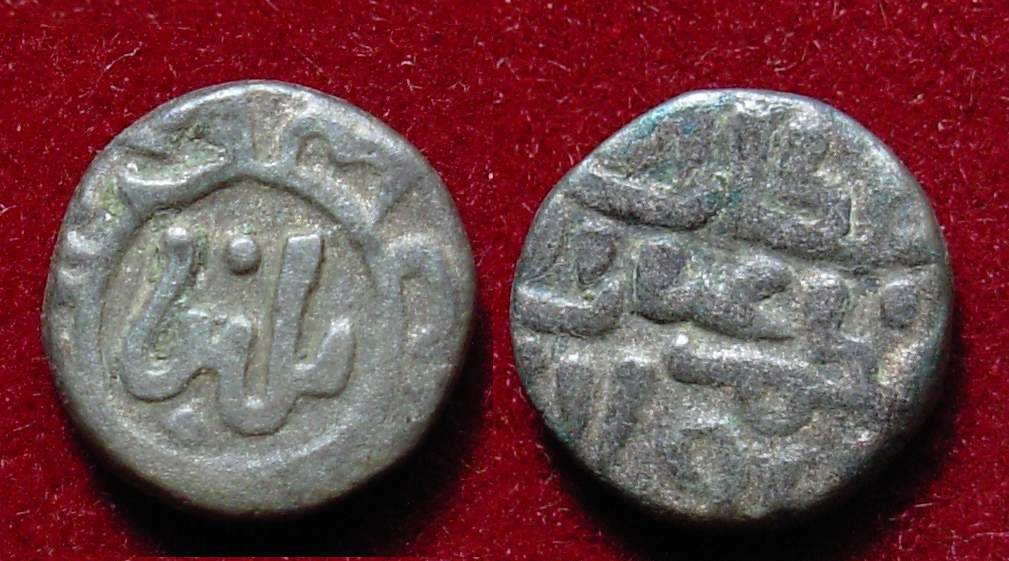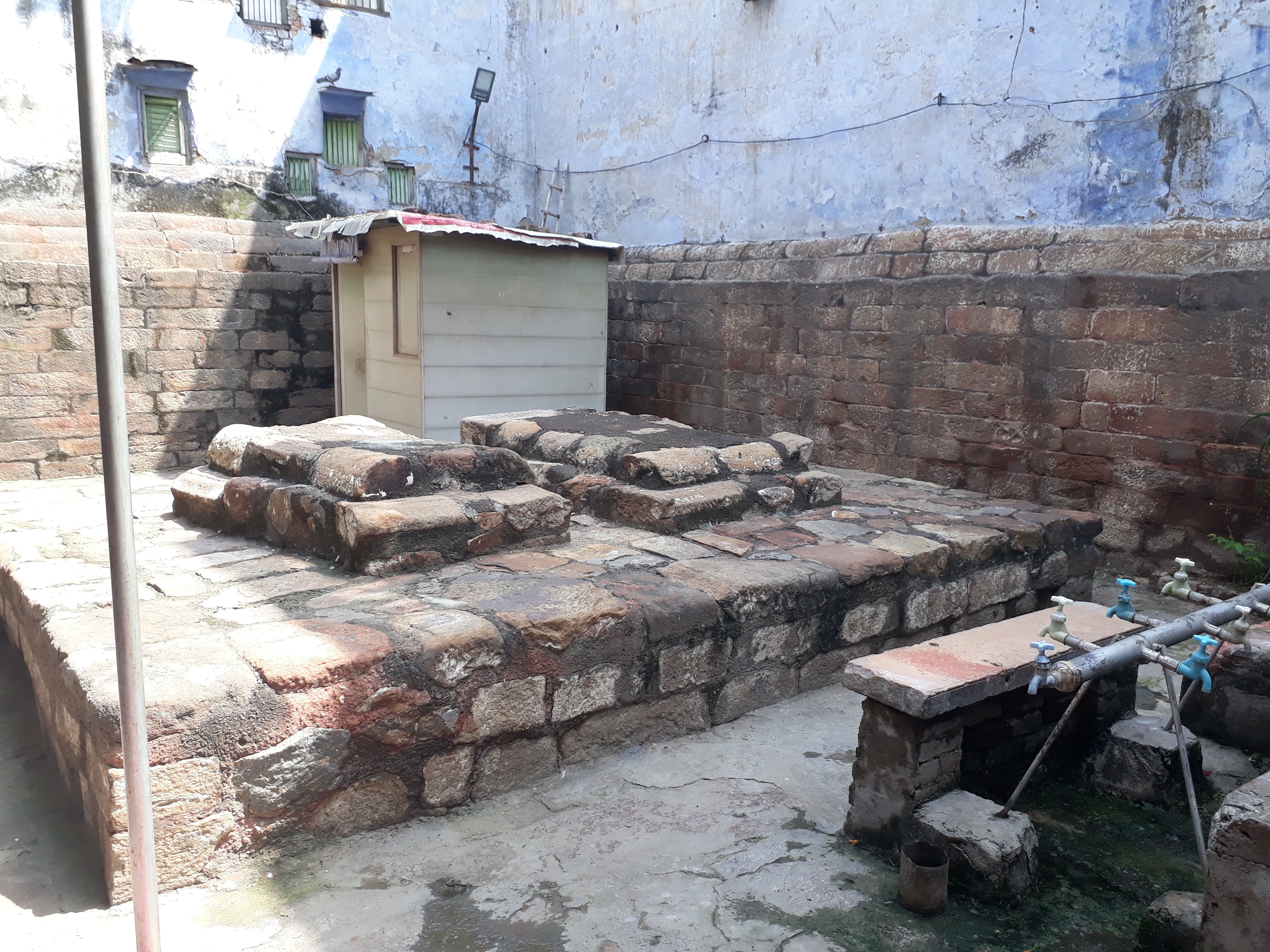|
Ghiyas Ud Din Balban
Ghiyas ud din Balban (1216–1287, reigned: 1266–1287) ( ur, ); (Hindi: ग़ियास उद-दीन बलबन); (IAST: ''Ghiyās ud-Dīn Balban'') was the ninth sultan of the Mamluk dynasty of Delhi. Ghiyas ud Din was the ''regent'' of the last Shamsi sultan, Nasiruddin Mahmud. He got rid of his predecessor Imaduddin Raihan and also got rid of this rivals in the court. His original name was Baha Ud Din. He was an Ilbari Turk. When he was young he was captured by the Mongols, taken to Ghazni and sold to Khawaja Jamal ud-din of Basra, a Sufi. The latter then brought him to Delhi in 1232 along with other slaves, and all of them were purchased by Iltutmish. Balban belonged to the famous group of 40 Turkic slaves of Iltutmish. Ghiyas made several conquests, some of them as vizier. He routed the Mewatis that harassed Delhi and reconquered Bengal, all while successfully facing the Mongol threat, during which his son died. After his death in 1287, his grandson Qaiqab ... [...More Info...] [...Related Items...] OR: [Wikipedia] [Google] [Baidu] |
Delhi Sultanate
The Delhi Sultanate was an Islamic empire based in Delhi that stretched over large parts of the Indian subcontinent for 320 years (1206–1526).Delhi Sultanate Encyclopædia Britannica Following the invasion of by the , five dynasties ruled over the Delhi Sultanate sequentially: the Mamluk dynasty (1206–1290), the Khalji dynasty (1290–1320), the |
Ghazni
Ghazni ( prs, غزنی, ps, غزني), historically known as Ghaznain () or Ghazna (), also transliterated as Ghuznee, and anciently known as Alexandria in Opiana ( gr, Αλεξάνδρεια Ωπιανή), is a city in southeastern Afghanistan with a population of around 190,000 people. The city is strategically located along Highway 1, which has served as the main road between Kabul and Kandahar for thousands of years. Situated on a plateau at 2,219 metres (7,280 ft) above sea level, the city is south of Kabul and is the capital of Ghazni Province. Ghazni Citadel, the Minarets of Ghazni, the Palace of Sultan Mas'ud III, and several other cultural heritage sites have brought travelers and archeologists to the city for centuries. During the pre-Islamic period, the area was inhabited by various tribes who practiced different religions including Zoroastrianism, Buddhism and Hinduism. Arab Muslims introduced Islam to Ghazni in the 7th century and were followed in the 9th ... [...More Info...] [...Related Items...] OR: [Wikipedia] [Google] [Baidu] |
Hansi
Hansi, is a city and municipal council in Hisar district in the Indian state of Haryana. It appears that at one time Hansi was larger, more prosperous and more important than Hisar. The town has several important buildings of archeological importance. In 2016, the Haryana government put forward a proposal to carve the new Hansi district out of the Hisar district. History It is believed that Hansi was founded by King Anangpal Vihangpal Tomar for his guru "''Hansakar''" (957 AD). Later, the son of King Anangpal Tomar, Drupad established a sword manufacturing factory in this fort, hence it is also called " Asigarh". Swords from this fort were exported as far away as to Arab countries. As per ''Talif-e-Tajkara-e-Hansi'' by Qazi Sharif Husain in 1915, around 80 forts across the area were controlled from this centre "Asigarh". A few also say that it was founded by ill daughter ''Hansivati/Ambavati'' of Prithvi Raj Chauhan though there exists no proof of Prithiviraj's daughter by that ... [...More Info...] [...Related Items...] OR: [Wikipedia] [Google] [Baidu] |
Muiz Ud Din Bahram
Muiz ud-Din Bahram (9 July 1212 – 15 May 1242, ) was the sixth sultan of the Mamluk Dynasty. Life He was the son of Shams ud din Iltutmish (1211–36) and the half-brother of Razia Sultan (1236–40). While his sister was imprisoned in Bathinda by subedar Malik Altunia (both Altunia and Bahram Shah planned conspiracy against Razia Sultan) he declared himself the king with the support of forty chiefs. Even so, during Muiz ud din Bahram's two years as king, the chiefs that had originally supported him became disordered and constantly bickered among each other. It was during this period of unrest that he was murdered by his own army in 1242 (died 15 May 1242). After his death, he was succeeded by his nephew Ala ud din Masud, a son of his half-brother Rukn ud din Firuz. Ögedei Khan of the Mongol Empire appointed Dayir commander of Ghazni and Menggetu commander in Kunduz. In winter 1241 the Mongol force invaded the Indus valley and besieged Lahore. Dayir died storming the tow ... [...More Info...] [...Related Items...] OR: [Wikipedia] [Google] [Baidu] |
Rewari
Rewari is a city and a Municipal Council in Rewari district in the Indian state of Haryana. King of Rewari is Rao Onkar Singh.It is located in south-west Haryana around 82 km from DelhiRewari.nic.in and 51 km from . Etymology During the '''' period in ancient India, a king named Rewat had a daughter named Rewati. The father used to call her Rewa, and founded a village "Rewa Wadi" named after her. ''Wadi'' and ''wada'' mean a neighbourhood (small and big, respectively) in Hindi and many other Indian languages. When Rewa married |
Razia Sultana
Raziyyat-Ud-Dunya Wa Ud-Din ( fa, ) (died 15 October 1240, ), popularly known as Razia Sultana, was a ruler of the Delhi Sultanate in the northern part of the Indian subcontinent. She was the first female Muslim ruler of the subcontinent, and the only female Muslim ruler of Delhi. A daughter of Mamluk Sultan Shamsuddin Iltutmish, Razia administered Delhi during 1231–1232 when her father was busy in the Gwalior campaign. According to a possibly apocryphal legend, impressed by her performance during this period, Iltutmish nominated Razia as his heir apparent after returning to Delhi. Iltutmish was succeeded by Razia's half-brother Ruknuddin Firuz, whose mother Shah Turkan planned to execute her. During a rebellion against Ruknuddin, Razia instigated the general public against Shah Turkan, and ascended the throne after Ruknuddin was deposed in 1236. Razia's ascension was challenged by a section of nobles, some of whom ultimately joined her, while the others were defeated. Th ... [...More Info...] [...Related Items...] OR: [Wikipedia] [Google] [Baidu] |
Corps Of Forty
The Corps of Forty ( fa, , Urdu: ), also known as Dal Chalisa or Turkan-e-Chahalgani was a council of 40 mostly Turkic slave emirs who administered the Delhi Sultanate as per the wishes of the sultan. It was a regular ministerial body in the Muslim history of the Indian subcontinent. Although all power was vested in the sultan, as the head of state, head of government, commander of the sultanate's armies and the final decision-maker in the judicial system, he needed help ruling his kingdom effectively. It was initially formed by Shamsuddin Iltutmish, the third ruler of the Mamluk dynasty. After Iltutmish's death, the balance of power shifted and the sultan became a puppet of these emirs. They would enthrone and depose Iltutmish's children and grandchildren, often murdering them when they proved troublesome. It would take a brutal man like Sultan Balban Ghiyas ud din Balban (1216–1287, reigned: 1266–1287) ( ur, ); (Hindi: ग़ियास उद-दीन बलब� ... [...More Info...] [...Related Items...] OR: [Wikipedia] [Google] [Baidu] |
Shams-ud-din Iltutmish
Shams ud-Din Iltutmish ( fa, شمس الدین ایلتتمش; died 30 April 1236, ) was the third of the Mamluk kings who ruled the former Ghurid territories in northern India. He was the first Muslim sovereign to rule from Delhi, and is thus considered the effective founder of the Delhi Sultanate. Sold into slavery as a young boy, Iltutmish spent his early life in Bukhara and Ghazni under multiple masters. In the late 1190s, the Ghurid slave-commander Qutb ud-Din Aibak purchased him in Delhi, thus making him the slave of a slave. Iltutmish rose to prominence in Aibak's service, and was granted the important iqta' of Badaun. His military actions against the Khokhar rebels in 1205–1206 gained attention of the Ghurid Emperor Mu'izz ad-Din, who manumitted him even before his master Aibak was manumitted. After Mu'izz ad-Din's death in 1206, Aibak became a practically independent ruler of the Ghurid territories in India, with his headquarters at Lahore. After Aibak's death, Ilt ... [...More Info...] [...Related Items...] OR: [Wikipedia] [Google] [Baidu] |
Turkic Peoples
The Turkic peoples are a collection of diverse ethnic groups of West, Central, East, and North Asia as well as parts of Europe, who speak Turkic languages.. "Turkic peoples, any of various peoples whose members speak languages belonging to the Turkic subfamily...". "The Turkic peoples represent a diverse collection of ethnic groups defined by the Turkic languages." According to historians and linguists, the Proto-Turkic language originated in Central-East Asia region, potentially in Mongolia or Tuva. Initially, Proto-Turkic speakers were potentially both hunter-gatherers and farmers, but later became nomadic pastoralists. Early and medieval Turkic groups exhibited a wide range of both East Asian and West-Eurasian physical appearances and genetic origins, in part through long-term contact with neighboring peoples such as Iranian, Mongolic, Tocharians, Yeniseian people, and others."Some DNA tests point to the Iranian connections of the Ashina and Ashide,133 highlighti ... [...More Info...] [...Related Items...] OR: [Wikipedia] [Google] [Baidu] |
Alauddin Khalji in the Indian subcontinent. Alauddin instituted a number of significant administrative changes, related to revenue reforms of Alauddin Khalji, revenues, market reforms of Alauddin Khalji, price controls, and rebellions against Alauddin Khalji#Measures for preventing rebellions, society. He also successfully fended off several Mongol invasions of India.
Alauddin was a nephew and a son-in-law of his predecessor Jalal ud din Firuz Khalji, Jalaluddin. When Jalaluddin became the Sultan of Delhi after deposing the Mamluk dynasty (Delhi), Mamluks, Alauddin was give ...
Alaud-Dīn Khaljī, also called Alauddin Khilji or Alauddin Ghilji (), born Ali Gurshasp, was an emperor of the Khalji dynasty that ruled the Delhi Sultanate The Delhi Sultanate was an Islamic empire based in Delhi that stretched over large parts of the Indian subcontinent for 320 years (1206–1526). [...More Info...] [...Related Items...] OR: [Wikipedia] [Google] [Baidu] |
Bengal
Bengal ( ; bn, বাংলা/বঙ্গ, translit=Bānglā/Bôngô, ) is a geopolitical, cultural and historical region in South Asia, specifically in the eastern part of the Indian subcontinent at the apex of the Bay of Bengal, predominantly covering present-day Bangladesh and the Indian state of West Bengal. Geographically, it consists of the Ganges-Brahmaputra delta system, the largest river delta in the world and a section of the Himalayas up to Nepal and Bhutan. Dense woodlands, including hilly rainforests, cover Bengal's northern and eastern areas, while an elevated forested plateau covers its central area; the highest point is at Sandakphu. In the littoral southwest are the Sundarbans, the world's largest mangrove forest. The region has a monsoon climate, which the Bengali calendar divides into six seasons. Bengal, then known as Gangaridai, was a leading power in ancient South Asia, with extensive trade networks forming connections to as far away as Roman Egypt. ... [...More Info...] [...Related Items...] OR: [Wikipedia] [Google] [Baidu] |
Meo (ethnic Group)
Meo (pronounced as ''may-o'' or ''mev''), also called Mewati, is an ethnic group from the Mewat Muslim Rajput community of north-western India which includes the Nuh district (previously Mewat) in Haryana and parts of adjacent Alwar district and Bharatpur district in Rajasthan. Meos are Muslim Rajputs and speak the Indo-Aryan Mewati language.Mewati make up majority of muslims in nawabo ka nimbaheda History and origin Meos are inhabitants of Mewat, a region that consists of Mewat district in Haryana and some parts of adjoining Alwar district and Bharatpur district of Rajasthan and Western Uttar Pradesh, where the Meos have lived for a millennium. According to one theory, they were Hindu Meena and Rajput clans converted to Islam between the 12th and 17th centuries so A Meo with Islam, until as late as Aurangzeb's rule but they have maintained their age-old distinctive cultural identity until today. According to S. L. Sharma and R. N. Srivastava, the Mughals had little effect of ... [...More Info...] [...Related Items...] OR: [Wikipedia] [Google] [Baidu] |



._Sind_type.jpg)


